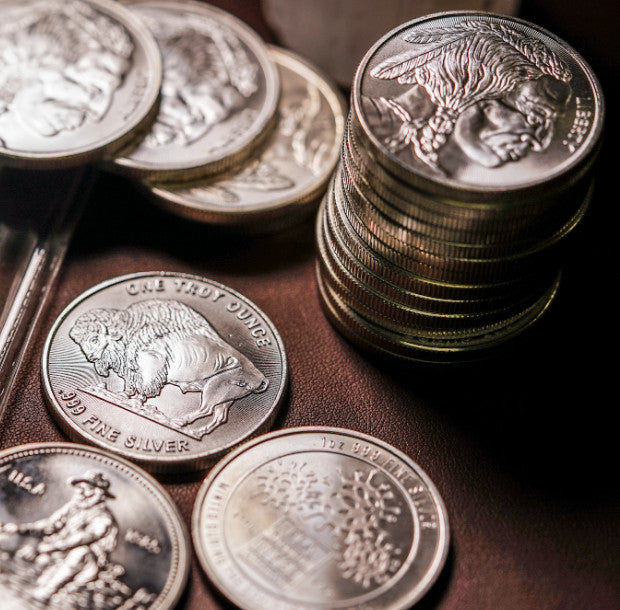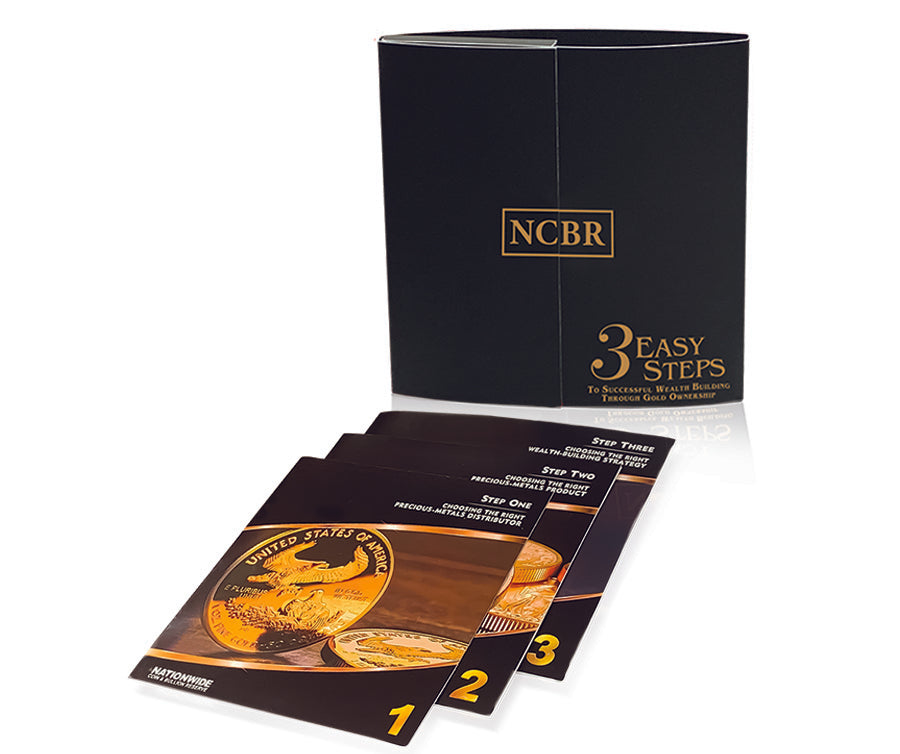Silver nickel years refer to those during which silver nickels were minted. The short answer to this is 1942 through 1945; however, their overall history, evolution, and the reason behind their short stint of silver make-up is a longer story.
Silver nickels, also commonly referred to as silver war nickels, were originally, and for many years after that, composed of 75% copper and 25% nickel. From 1942 to 1945, the composition of nickels shifted to include silver in its metal content; thus, this four-year span has been labeled “silver nickel” years. Its precise composition included 56% copper, 35% silver, and 9% manganese.
What may seem like a small, temporary change is rooted in rich history and our nation’s ability and willingness to adapt to circumstances.
1942 TO 1945: THE SILVER WAR NICKELS
If the 1942 to 1945 timespan fails to ring any bells, it includes some of the most active years of World War II. During this time, nickel became a significantly crucial material for the war. With this in mind, it quickly became essential to conserve the metal for purposes that served the war; 5 cent coins were no longer among its most critical uses for the time being. This new nickel composition allowed for copper and nickel to be preserved for war necessities like tanks, planes, ships, guns, and more.
Initially, Congress authorized a 50/50 transition for nickels to maintain their nickel and copper composition, just with this adjusted ratio. After this authorization in March of 1942, the United States Mint made the ultimate decision in terms of metal composition based on war needs.
Interestingly, one of the key factors that assisted with the resulting silver ratio was to avoid rejection from vending and other machines requiring coins on a national scale. The decided-upon silver nickel composition achieved this goal.
In 1946, one year following World War II, the silver nickel years ended alongside the need to preserve nickel and copper for war purposes. At this point in history, nickels returned to their 75% copper and 25% nickel composition.
SILVER NICKEL DESIGNS
Without an awareness of silver nickel years and metal composition, it is difficult to spot a silver nickel for an untrained eye. Silver nickels maintained the same tribute as they did previously; Thomas Jefferson. The design featured a nearly identical depiction of Jefferson on its obverse like those minted before 1942. This is still the design of nickels today. This design consistency is what causes the difficulty in identifying silver nickels.
The easiest way to spot silver nickels is by taking note of their minting years and the locations of their mint marks.
SILVER NICKELS VALUE
Since silver nickels possess precious metal content, they are among the silver coins worth more than face value despite being frequently lost in pocket change.
Because of their heightened value, they are available, like other silver coins, for purchase however a collector prefers. In addition to their silver content, silver nickels are abundantly rich in history and sentimental value, making them a fun piece for a collection.
Real Time Precious Metals Data Below







